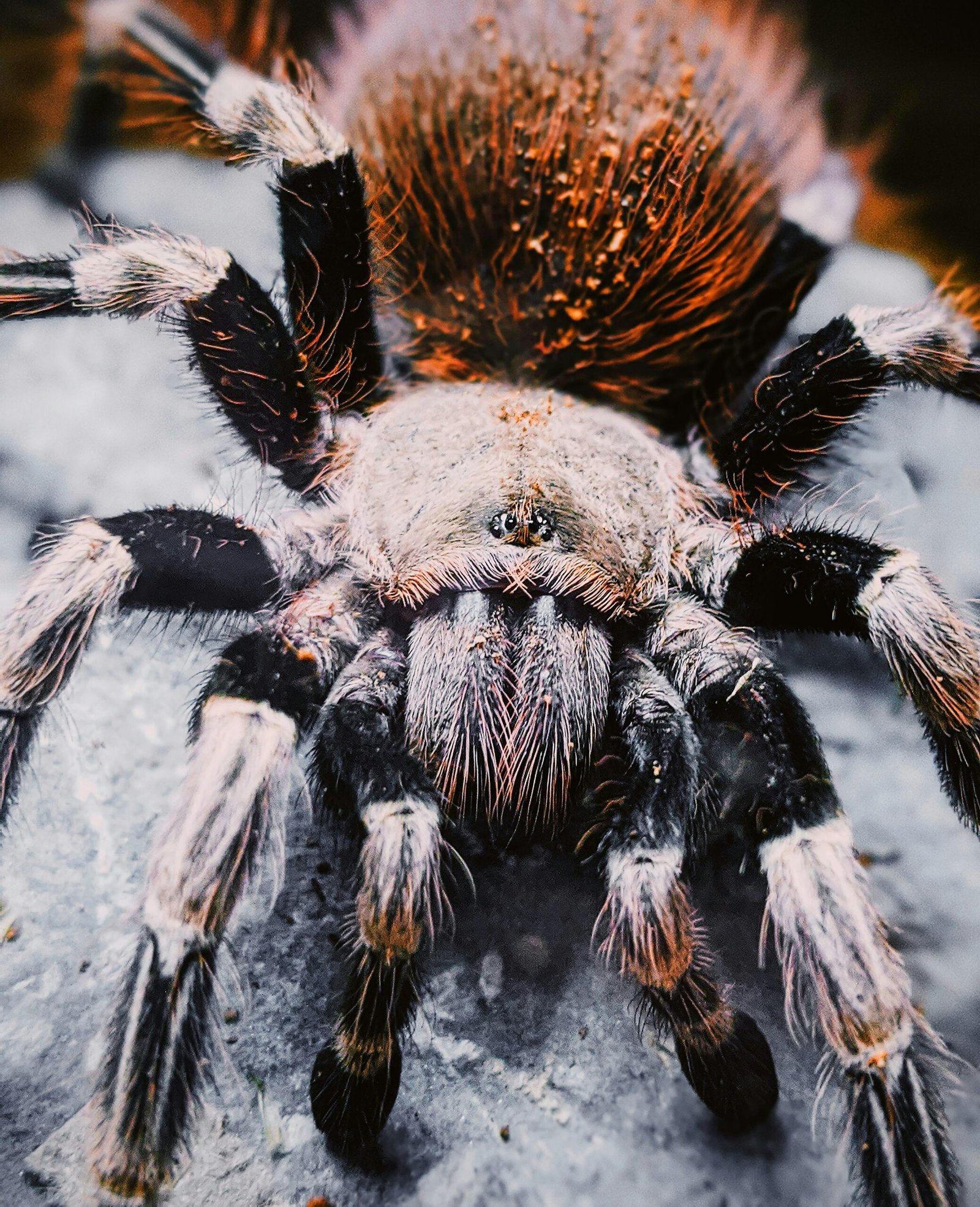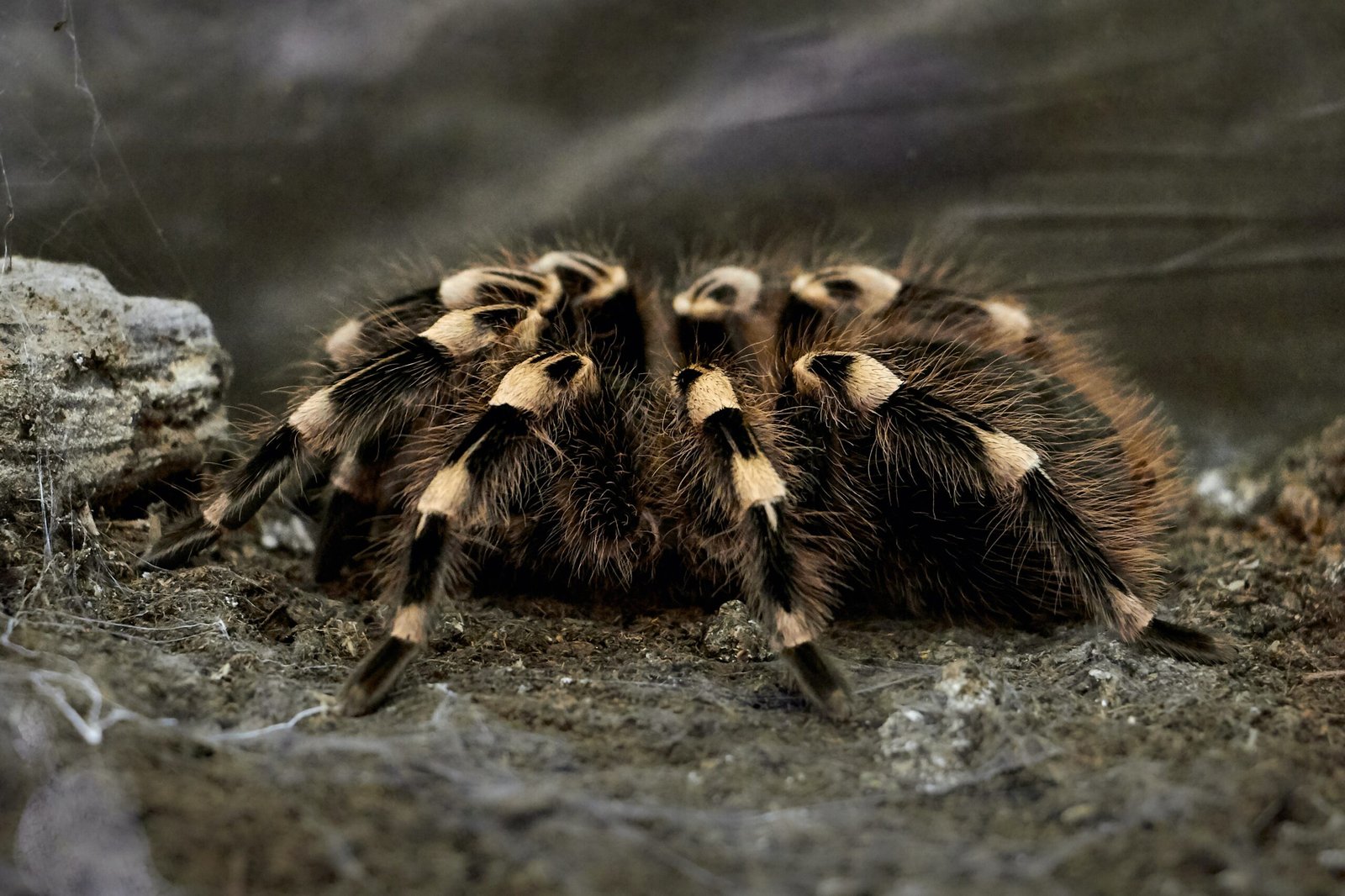Are you curious about the feeding habits of the fascinating Goliath bird-eater tarantula? Wondering what prey items are suitable for this astonishing creature? Well, look no further, because in this article, we will explore the feeding behavior of the Goliath bird-eater tarantula and discuss the types of prey it finds most appetizing. Prepare to be captivated by the world of this stunning arachnid and discover the secrets of its unique feeding habits.
Feeding Behavior of the Goliath Bird-eater Tarantula
Ambush Predator
The Goliath Bird-eater tarantula, known for its impressive size, exhibits a fascinating feeding behavior as an ambush predator. As its name suggests, it relies on ambushing its prey rather than actively hunting it down. It patiently awaits unsuspecting victims, hidden in its burrow or vegetation, and pounces on them with remarkable agility when they come within reach. This method allows the tarantula to conserve energy while maximizing its chances of capturing prey efficiently.
Sedentary Lifestyle
The Goliath Bird-eater is known for its sedentary lifestyle and spends the majority of its time in its burrow. This characteristic is closely related to its feeding behavior. By remaining stationary for extended periods, the tarantula minimizes the energy expenditure associated with actively searching for prey. Its ability to survive on infrequent meals is supported by its capacity to store nutrients and energy for extended periods without adverse effects on its overall health.
Opportunistic Feeding
The Goliath Bird-eater tarantula is an opportunistic feeder, relying on the availability of prey rather than sticking to specific food sources. This adaptability allows it to thrive in various environments and habitats. The tarantula’s opportunistic nature is demonstrated by its ability to consume a diverse array of prey items, ranging from insects to small vertebrates. This flexibility in its diet enables the tarantula to make the most of its surroundings, ensuring a steady supply of sustenance.
Catching and Subduing Prey
When capturing prey, the Goliath Bird-eater employs its extraordinary speed and strength. Once the unsuspecting prey comes within striking distance, the tarantula swiftly moves into action, using its fangs to deliver a venomous bite. This venom not only immobilizes the prey but also starts the digestion process, making it easier for the spider to consume its meal. The tarantula’s strong forelimbs then secure the prey, preventing it from escaping, while the spider injects digestive enzymes into the prey’s body.
Digestive Process
The Goliath Bird-eater employs a unique digestive process to consume its meals. After capturing and subsequently subduing its prey, the tarantula regurgitates digestive enzymes onto the immobilized creature. These enzymes break down the prey’s internal structures, effectively turning it into a soupy substance that the tarantula can easily ingest. By liquefying the prey’s body, the tarantula can efficiently absorb the maximum amount of nutrients, ensuring its sustenance and overall well-being.
Feeding Frequency
The feeding frequency of the Goliath Bird-eater tarantula is highly variable and largely dependent on factors such as prey availability, ambient temperature, and the tarantula’s nutritional needs. In general, these magnificent spiders can go several weeks or even months without feeding, owing to their ability to store nutrients. However, when prey becomes abundant or when the tarantula undergoes molting, which requires additional energy, it may exhibit increased feeding behavior.

Prey Items Suitable for the Goliath Bird-eater Tarantula
Insects and Arthropods
The Goliath Bird-eater tarantula predominantly feeds on insects and arthropods due to their abundance and easy accessibility. It preys on a wide range of creatures, including beetles, grasshoppers, cockroaches, and crickets. The tarantula’s size and strength allow it to overpower and incapacitate these smaller prey items with relative ease.
Small Vertebrates
While insects and arthropods constitute the bulk of its diet, the Goliath Bird-eater is also capable of preying on small vertebrates. This includes lizards, snakes, and rodents that may unknowingly cross paths with the tarantula. With its impressive bite force and potent venom, the tarantula can immobilize and consume these larger prey items, although such occurrences are relatively rare.
Birds and Their Eggs
Although not a common occurrence, the Goliath Bird-eater tarantula has been known to prey on birds and their eggs. This usually happens when birds inadvertently stumble upon the tarantula’s burrow or when eggs are left unattended. The tarantula’s size and strength provide it with a distinct advantage, allowing it to overpower and consume these unsuspecting prey items.
Amphibians and Reptiles
Amphibians and reptiles, such as frogs and small reptiles, can also fall victim to the impressive hunting capabilities of the Goliath Bird-eater. Its ability to adapt to various environments enables it to encounter these prey items occasionally, making them suitable for its diet. However, encounters with these larger prey items are less frequent compared to insects and arthropods.
Mammalian Prey
Although rare, there have been documented cases of the Goliath Bird-eater tarantula preying on small mammals. Such instances include encounters with bats, mice, and other small rodents. These occurrences are extraordinary and serve as a testament to the tarantula’s opportunistic feeding behavior and its ability to subdue prey much larger than itself.
Cannibalism
In extraordinary circumstances, the Goliath Bird-eater tarantula has been reported to exhibit cannibalistic tendencies, consuming other members of its own species. This behavior is typically seen in captive environments, where the availability of prey may be limited. Although cannibalism is not a common occurrence, it showcases the tarantula’s adaptability and its capacity to resort to unusual food sources when necessary.
In conclusion, the Goliath Bird-eater tarantula exhibits fascinating feeding behavior, characterized by its role as an ambush predator, sedentary lifestyle, opportunistic feeding habits, and unique digestive process. While it primarily feeds on insects and arthropods, this impressive species is also capable of preying on small vertebrates, birds and their eggs, amphibians and reptiles, and even occasionally consuming mammals. The occasional occurrence of cannibalism further demonstrates the tarantula’s adaptability. The feeding behavior and prey items suitable for the Goliath Bird-eater tarantula contribute to its survival and ability to thrive in various habitats.

